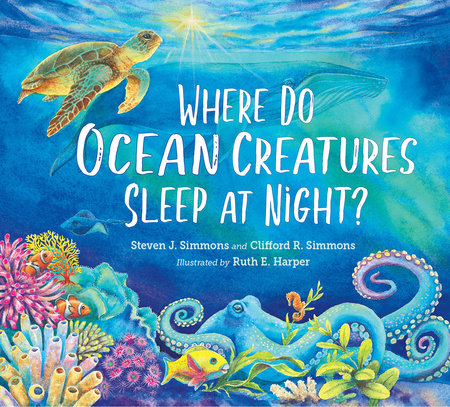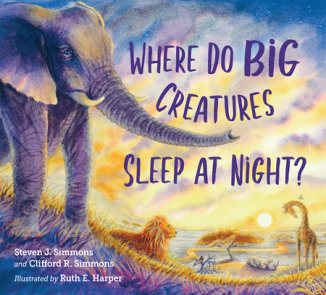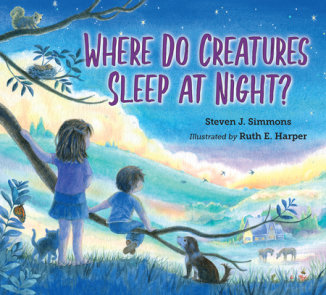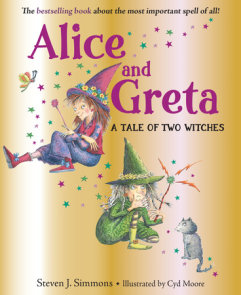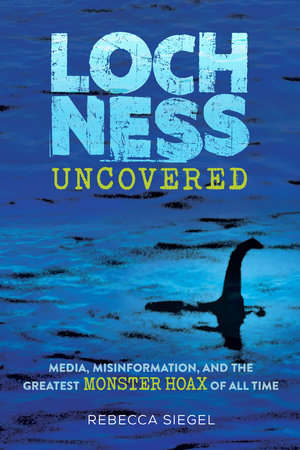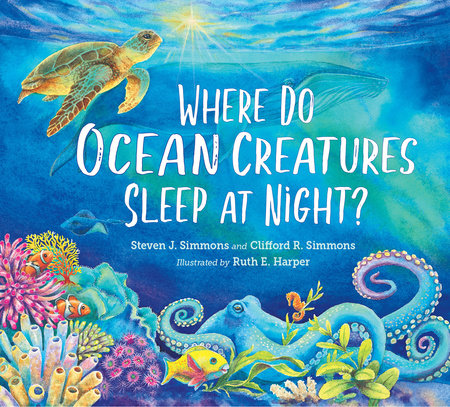

Where Do Ocean Creatures Sleep at Night?
By Steven J. Simmons and Clifford R. Simmons
Illustrated by Ruth E. Harper
By Steven J. Simmons and Clifford R. Simmons
Illustrated by Ruth E. Harper
By Steven J. Simmons and Clifford R. Simmons
Illustrated by Ruth E. Harper
By Steven J. Simmons and Clifford R. Simmons
Illustrated by Ruth E. Harper
Category: Children's Nonfiction | Children's Picture Books
Category: Children's Nonfiction

-
$17.99
Apr 16, 2024 | ISBN 9781623542979 | 3-7 years
-
Apr 16, 2024 | ISBN 9781632899361 | 3-7 years
YOU MAY ALSO LIKE

Look What I Found on the Farm
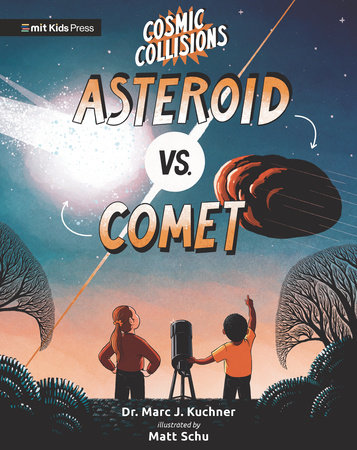
Cosmic Collisions: Asteroid vs. Comet

The Year of the Puppy
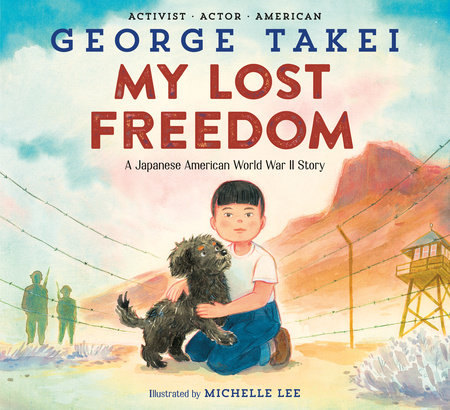
My Lost Freedom

Puzzled

Queer and Fearless
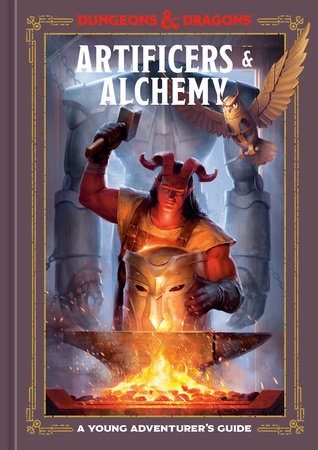
Artificers & Alchemy (Dungeons & Dragons)

The Great Influenza

My First 100 Pacific Northwest Words
Praise
Everyone needs to sleep! Where Do Ocean Creatures Sleep at Night is a wonderful book for young children that will teach them about some of the most popular underwater creatures and their sleeping habits. The first thing I noticed about this book was the beautiful, calming colors presented on the front cover of the book which shows some of the animals featured in the book. These watercolor-style illustrations continue throughout the book and children will enjoy feeling as if they are on the beach or underwater observing the creatures.
The book is written in four-line prose with the first two lines rhyming and the second two lines rhyming. The author gives some really fun facts about each of the animals featured. These facts include the color-changing properties of an octopus, that the seahorse holds onto a plant or coral while it sleeps so it doesn’t drift away, how only one side of a dolphin’s brain is asleep when it is sleeping, and so many more interesting facts.
Parents will be able to have discussions about the animals with their children, asking them which ones they like the most or find the most intriguing. I feel that many fun conversations could come up when talking about underwater animals sleeping and although the book is not very long, it will spark interest in young minds. A child may find that he or she wants to learn more about the animals featured in the book.
While Authors Steven J. Simmons and Clifford R. Simmon do an exemplary job of creating a rhyming underwater adventure for young ones, my favorite part of the book was the illustrations that accompanied the poems. As I read each page and took in the scenery and the animals featured, I felt the calmness of the sea and a whole ecosystem that we, as humans, don’t see on a day-to-day basis. Under the sea, we can observe how animals interact with one another such as the anemone and clownfish. Before reading this book, I had no idea that clownfish live and sleep in anemones which are poisonous to other fish. I also found it interesting that a walrus can go days without rest and can sleep on land or in water.
Where Do Ocean Creatures Sleep at Night is the perfect bedtime story for young children as sometimes just thinking about sleep can make us yawn and be ready for a sweet goodnight. I recommend this book for children ages three to eight, however, I think older children would also enjoy reading this book to younger siblings.
—Manhattan Book Review
An answer to the titular question—and then some.
“When it is time for these animals to rest / where do they go to sleep their best?” The authors offer very brief bits of information on various sea creatures, among them stingrays, walruses, clownfish, bottlenose dolphins, sea otters, and great white sharks. In addition to sleeping habits, we also learn other facts, such as what seahorses eat and how the parrotfish got its name. The book opens with images of racially diverse children playing at the beach; it closes with a child cuddled up in bed. A brief authors’ note stresses the importance of sleep for children. Contradicting the title, not all creatures here are diurnal. The statement that “the octopus can sleep by day or night” is misleading, given that most species are nocturnal. Many fascinating facts are overlooked; we learn that sea turtles have hard shells and live to be 80 years old and that they rest under rocks or coral but not that they hold their breath for hours while sleeping. Though watercolor illustrations in various shades of blue offer sweetly expressive depictions of the animals, the verse format adds little to the text; uncertain meter foreshadows weak rhythm and rhyme.
Visually attractive but doesn’t dive very deep.
—Kirkus Reviews
21 Books You’ve Been Meaning to Read
Just for joining you’ll get personalized recommendations on your dashboard daily and features only for members.
Find Out More Join Now Sign In








